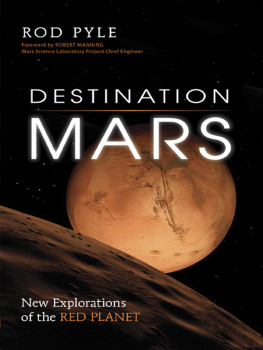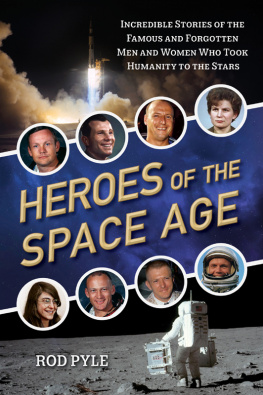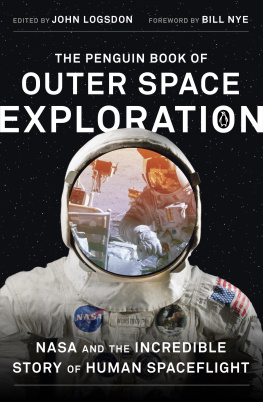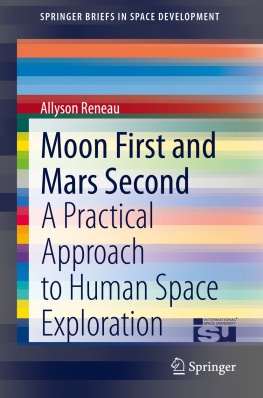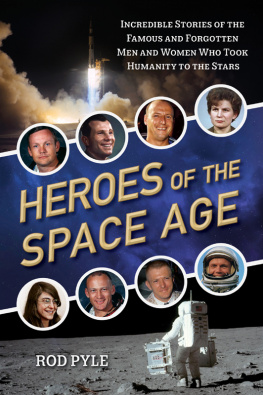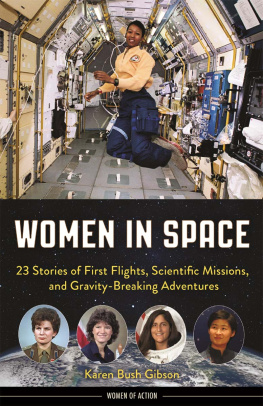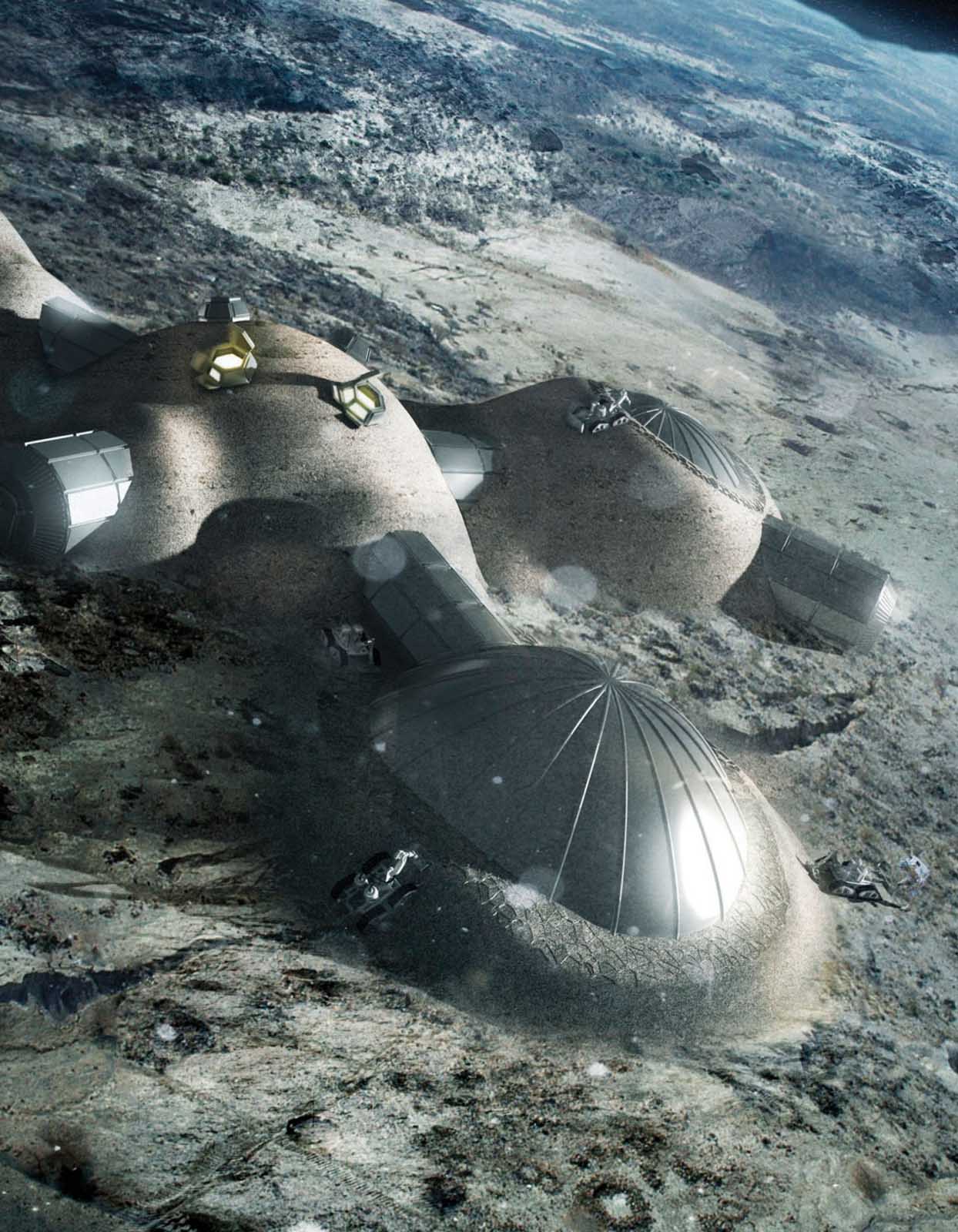Rod Pyle - Space 2.0: How Private Spaceflight, a Resurgent Nasa, and International Partners Are Creating a New Space Age
Here you can read online Rod Pyle - Space 2.0: How Private Spaceflight, a Resurgent Nasa, and International Partners Are Creating a New Space Age full text of the book (entire story) in english for free. Download pdf and epub, get meaning, cover and reviews about this ebook. City: Dallas, year: 2019, publisher: Benbella Books, genre: Science. Description of the work, (preface) as well as reviews are available. Best literature library LitArk.com created for fans of good reading and offers a wide selection of genres:
Romance novel
Science fiction
Adventure
Detective
Science
History
Home and family
Prose
Art
Politics
Computer
Non-fiction
Religion
Business
Children
Humor
Choose a favorite category and find really read worthwhile books. Enjoy immersion in the world of imagination, feel the emotions of the characters or learn something new for yourself, make an fascinating discovery.
Space 2.0: How Private Spaceflight, a Resurgent Nasa, and International Partners Are Creating a New Space Age: summary, description and annotation
We offer to read an annotation, description, summary or preface (depends on what the author of the book "Space 2.0: How Private Spaceflight, a Resurgent Nasa, and International Partners Are Creating a New Space Age" wrote himself). If you haven't found the necessary information about the book — write in the comments, we will try to find it.
More than a half-century ago, humanity first hurled objects into space, and almost 50 years ago, astronauts first walked on the moon. Since then, we have explored Earths orbit with shuttles, capsules, and space stations; sent robots to Mars, Venus, Mercury, Jupiter, Saturn, and Uranus; sampled a comet; sent telescopes into orbit; and charted most of our own planet.
What does the future hold?
InSpace 2.0, space historian Rod Pyle, in collaboration with the National Space Society, will give you an inside look at the next few decades of spaceflight and long-term plans for exploration, utilization, and settlement.
No longer the exclusive domain of government entities such as NASA and other national agencies, space exploration is rapidly becoming privatized, with entrepreneurial startups building huge rocket boosters, satellites, rocket engines, asteroid probes, prospecting craft, and even commercial lunar cargo landers to open this new frontier. Research into ever more sophisticated propulsion and life support systems will soon enable the journey to Mars and destinations deeper in our solar system. As these technologies continue to move forward, there are virtually no limits to human spaceflight and robotic exploration.
While the world has waited since the Apollo lunar program for the next giant leap, these critical innovations, most of which are within our grasp with todays technology, will change the way we live, both in space and on Earth. A new space age--and with it, a new age of peace and prosperity on Earth, and settlement beyond our planet--can be ours.
Speaking with key leaders of the latest space programs and innovations, Pyle shares the excitement and promise of this new era of exploration and economic development. From NASA and the Russian space agency Roscosmos, to emerging leaders in the private sector such as SpaceX, Blue Origin, Moon Express, Virgin Galactic, and many others,Space 2.0examines the new partnerships that are revolutionizing spaceflight and changing the way we reach for the stars.
Rod Pyle: author's other books
Who wrote Space 2.0: How Private Spaceflight, a Resurgent Nasa, and International Partners Are Creating a New Space Age? Find out the surname, the name of the author of the book and a list of all author's works by series.




